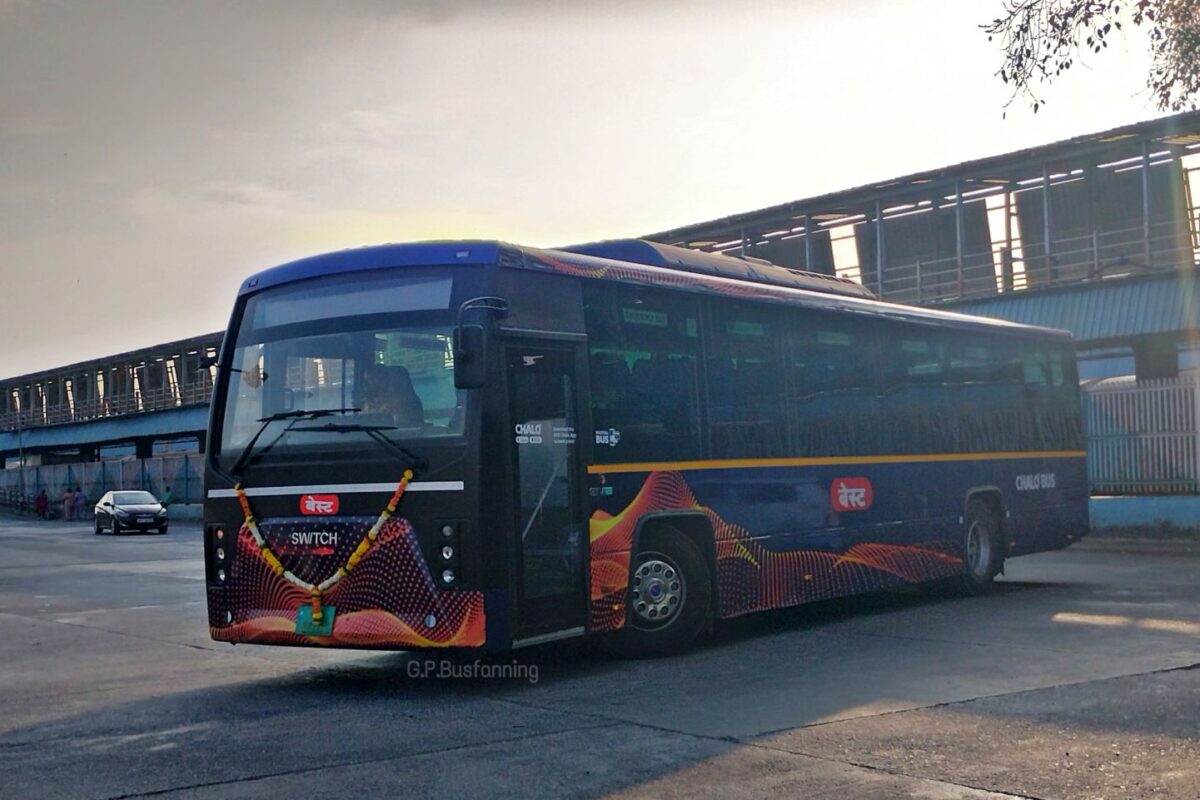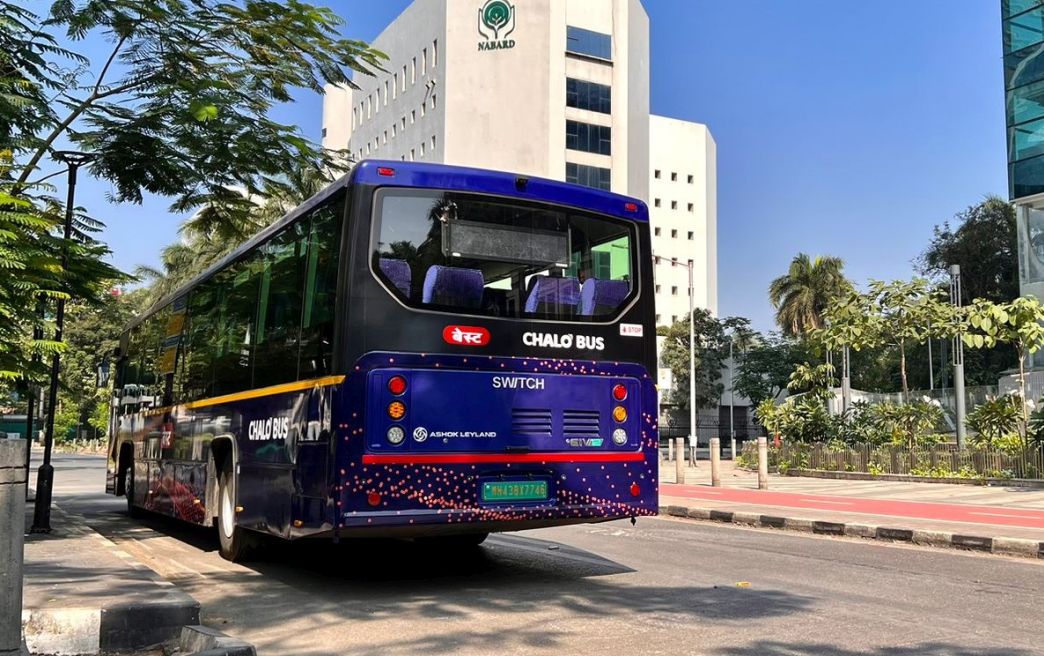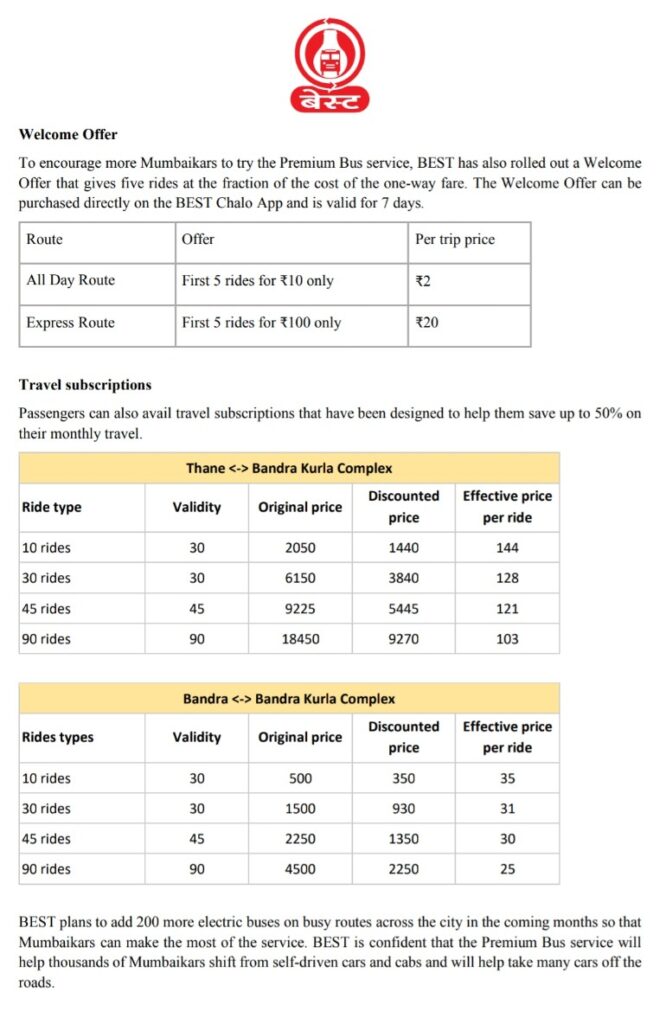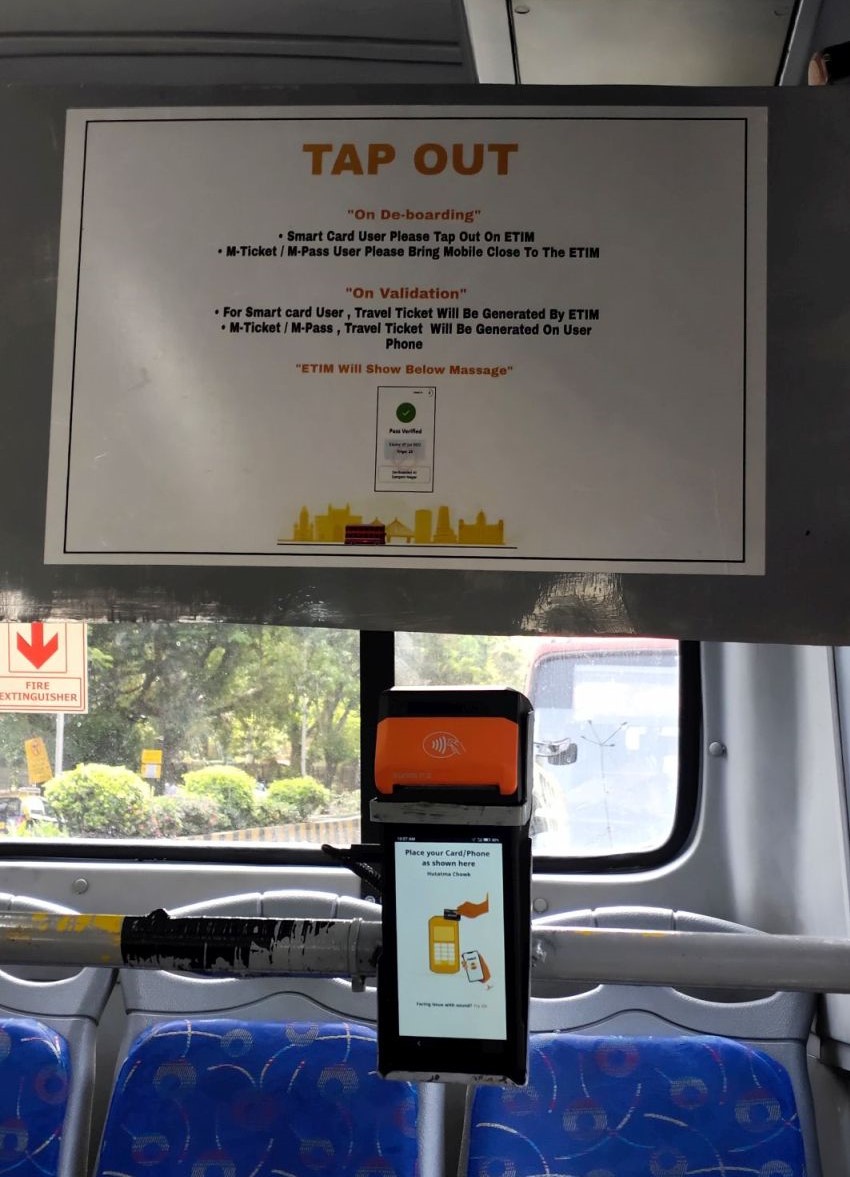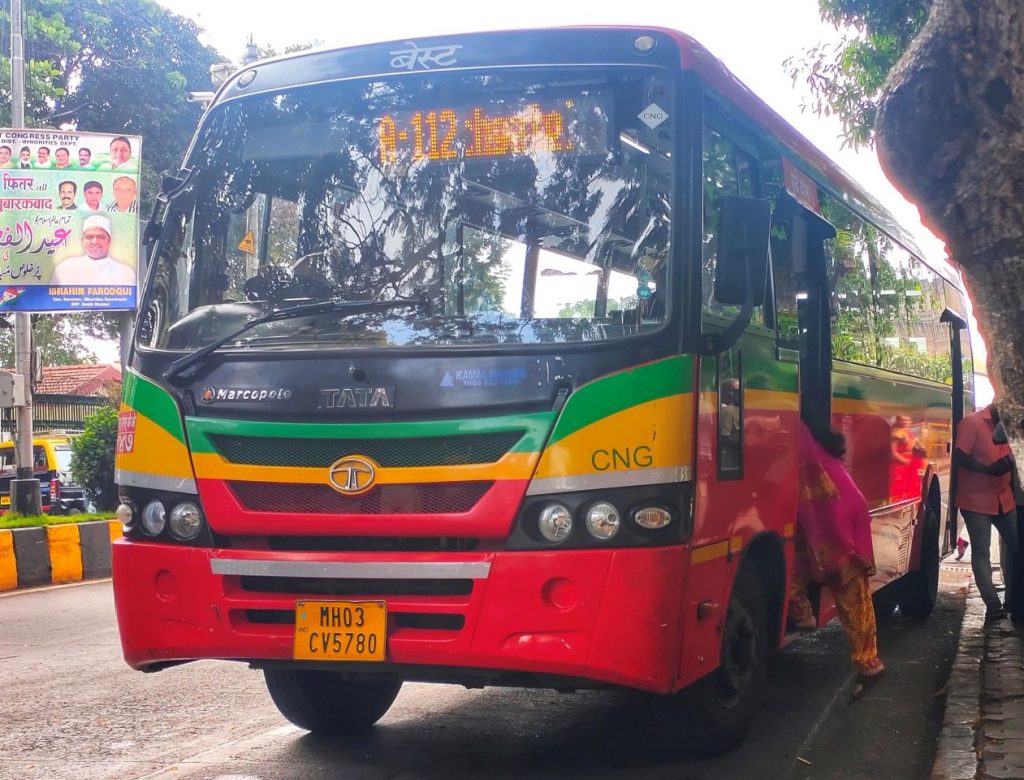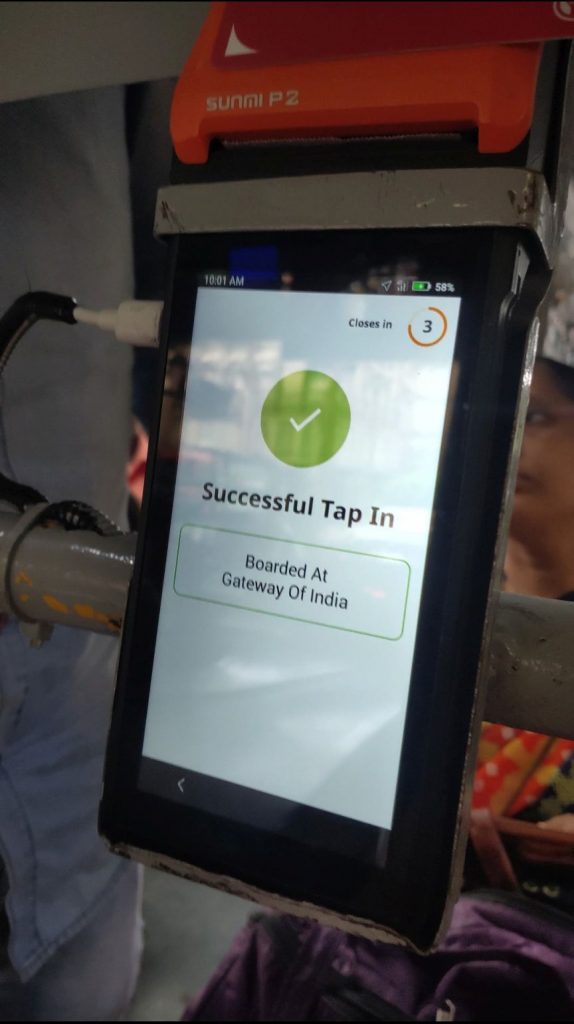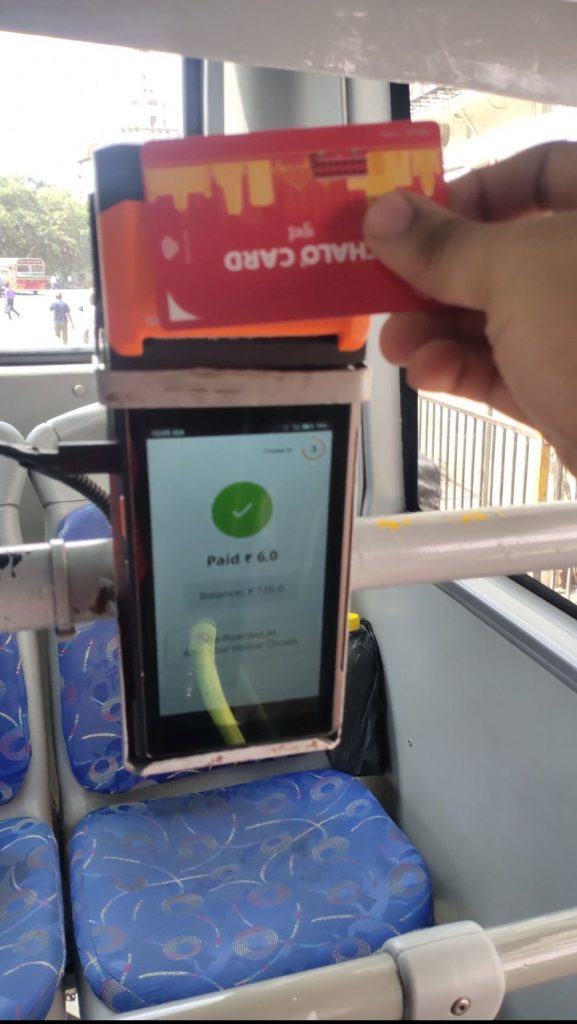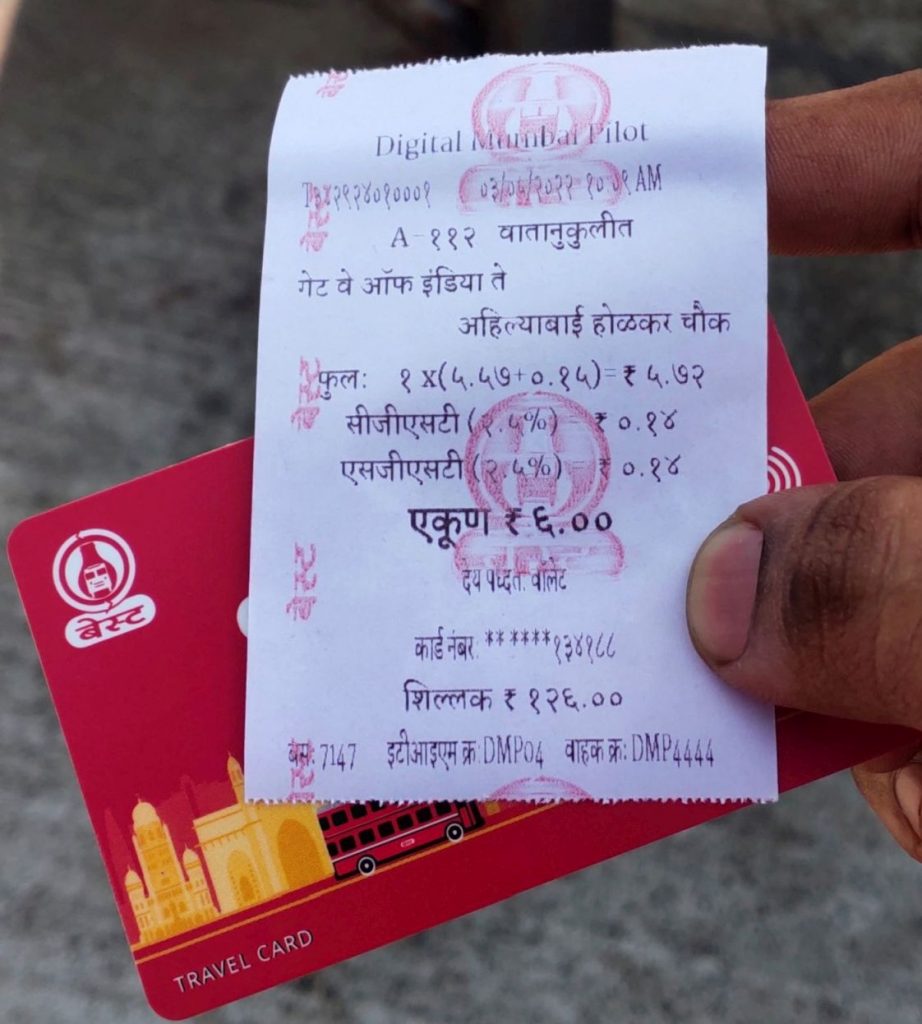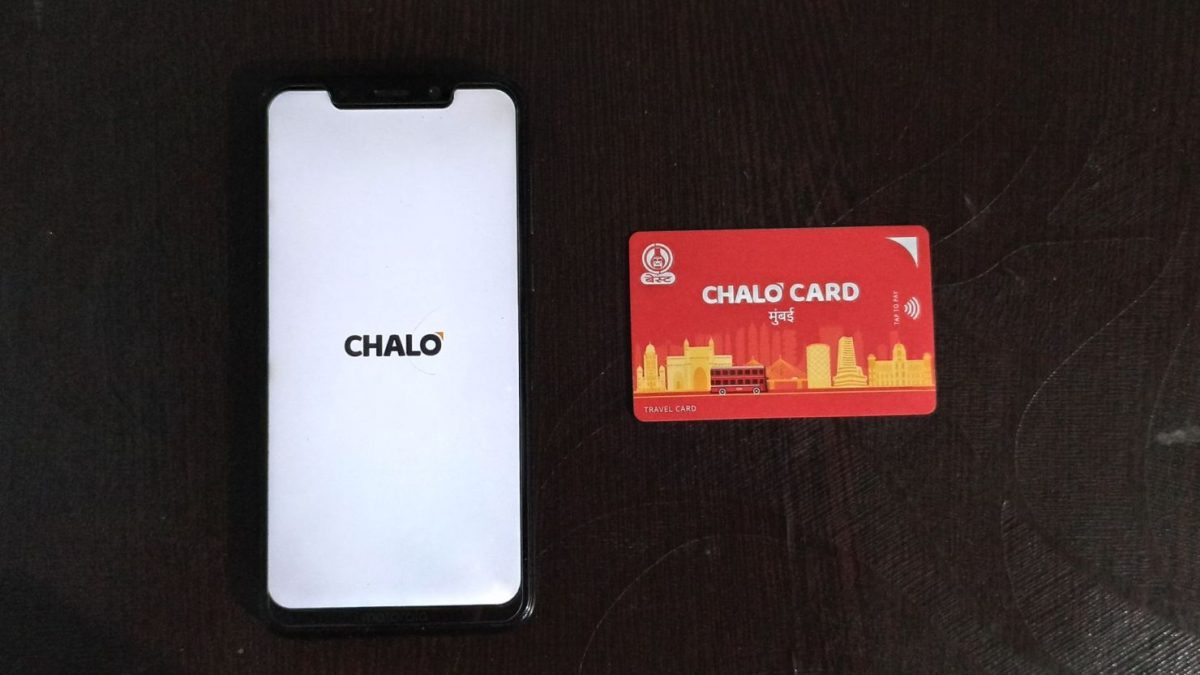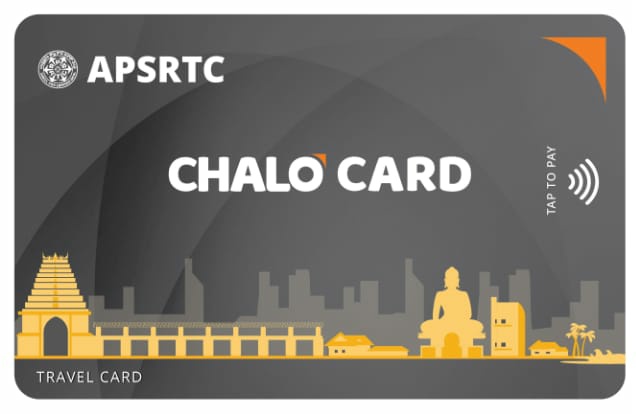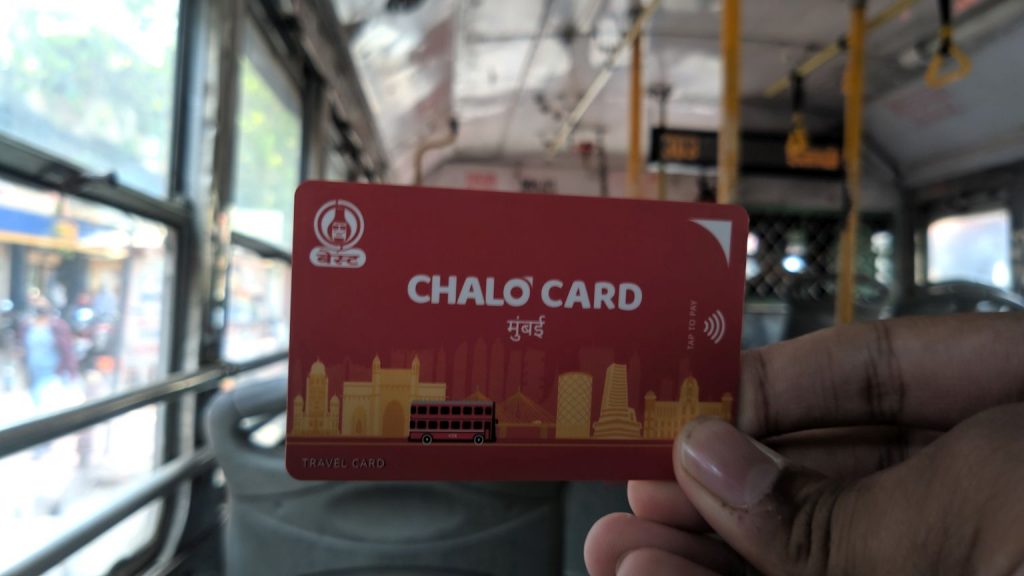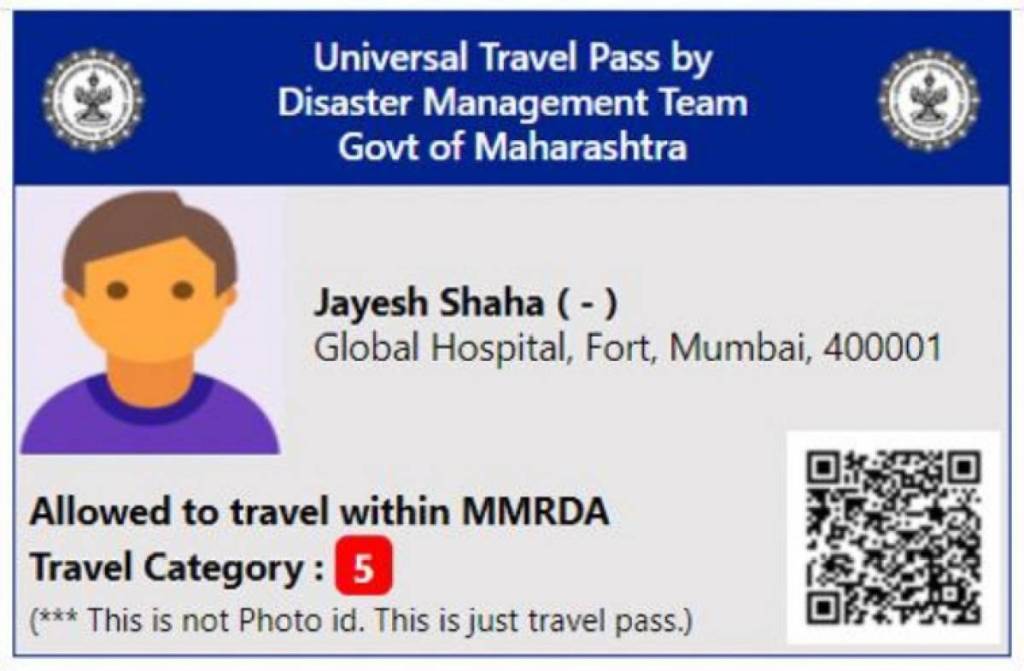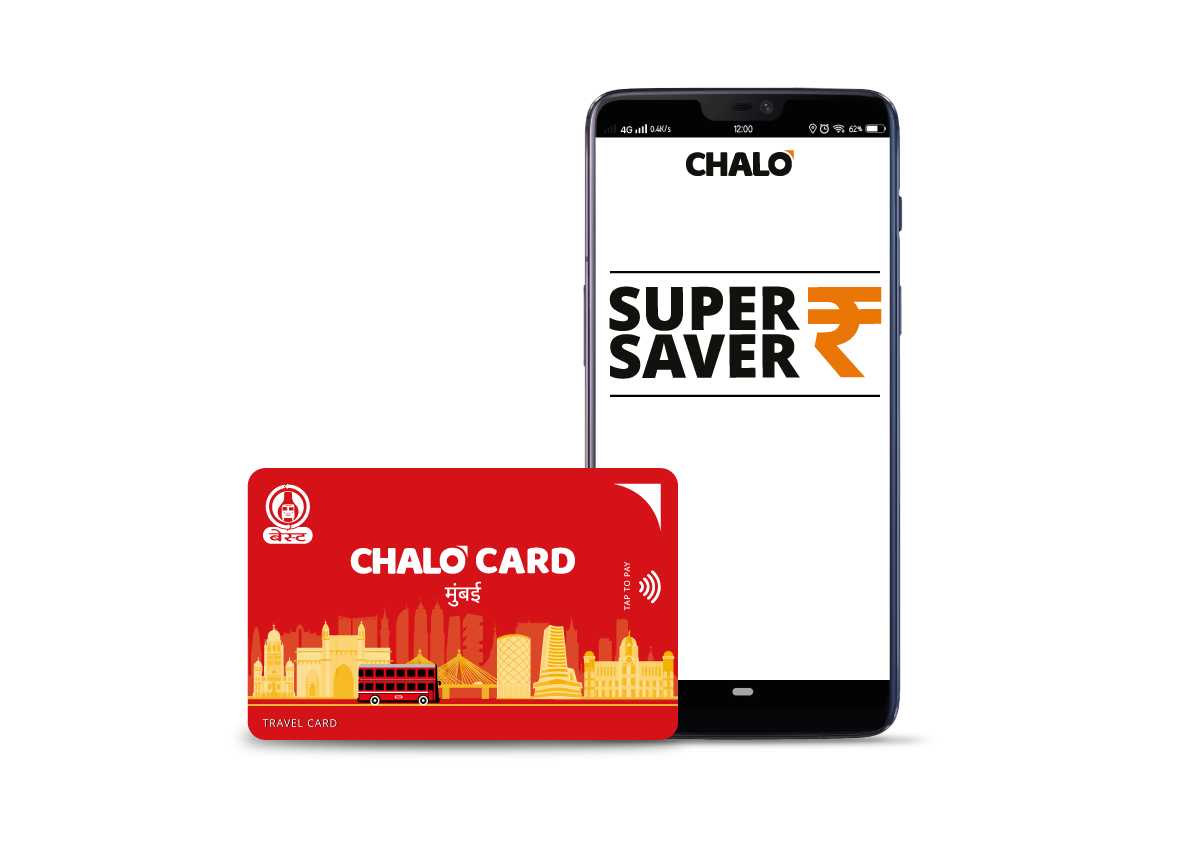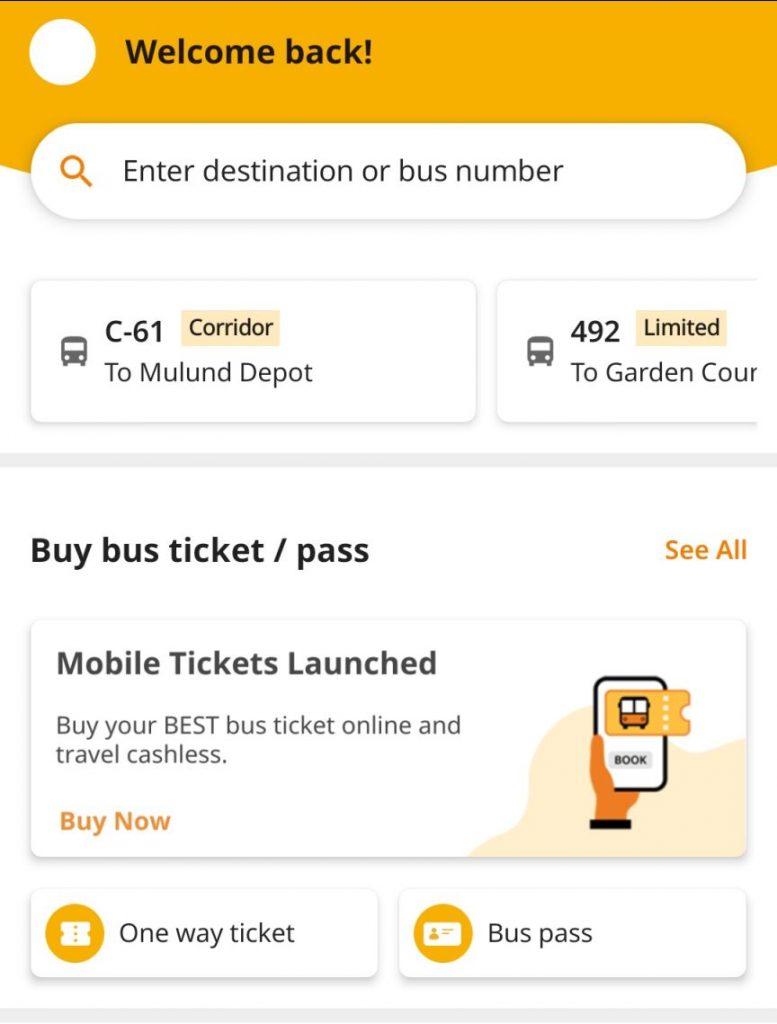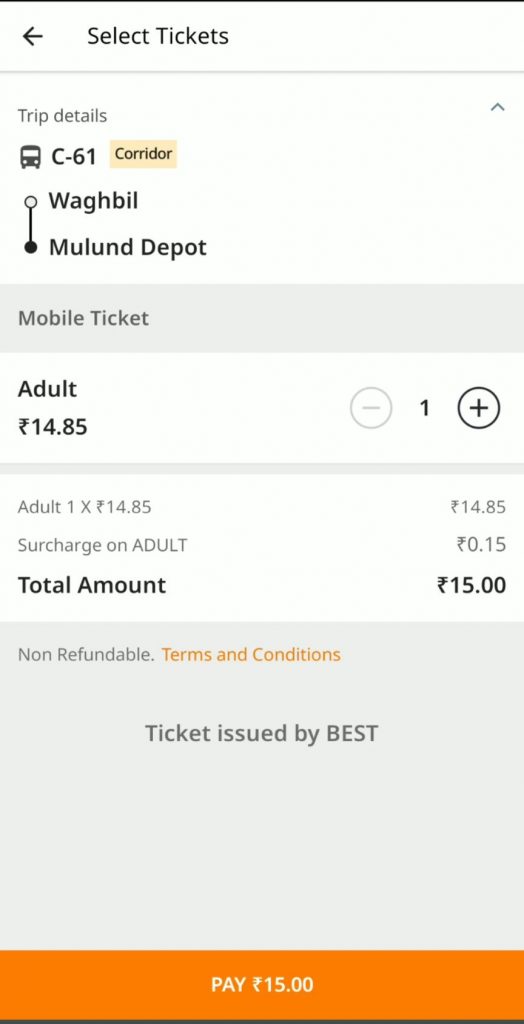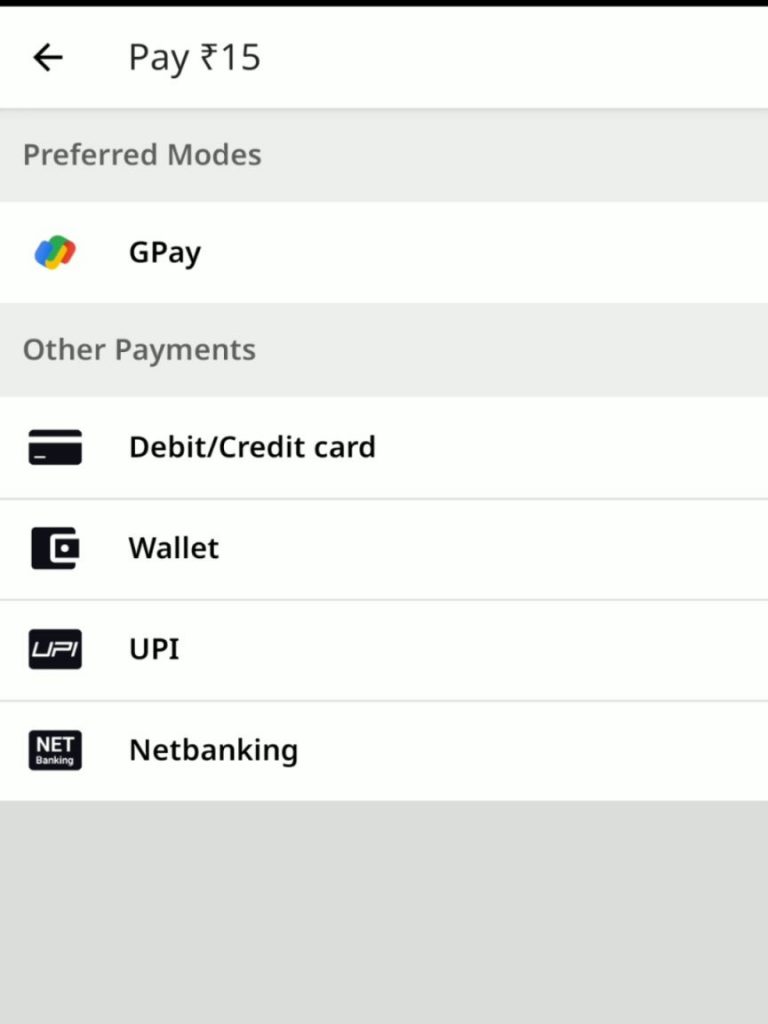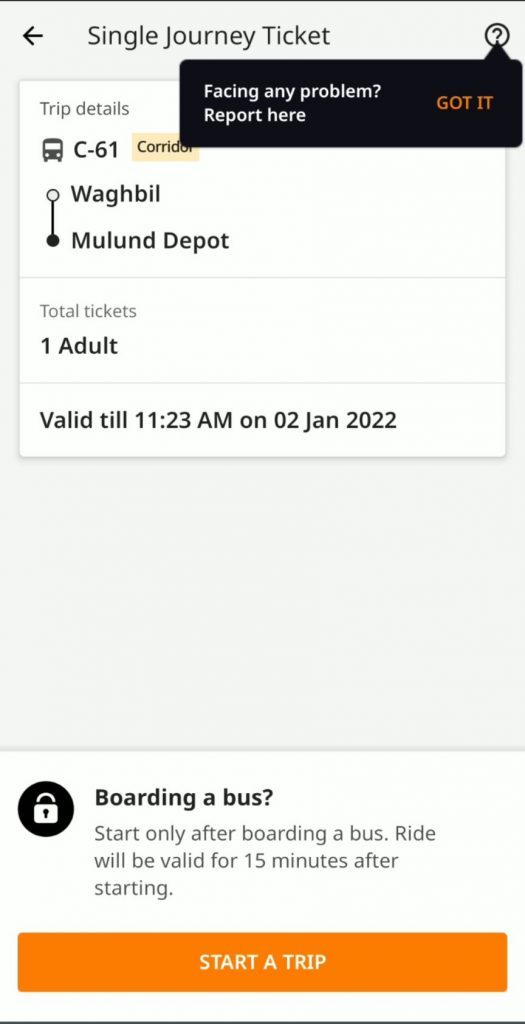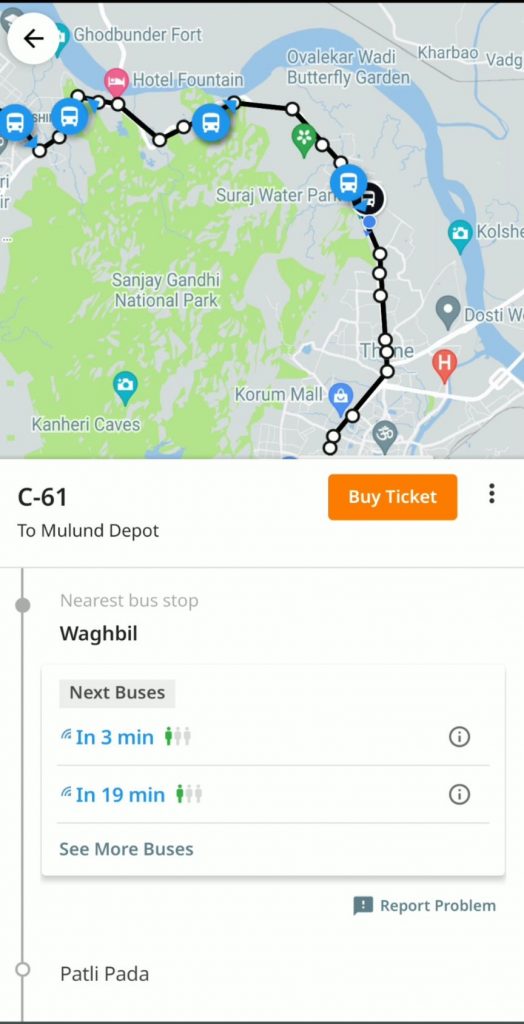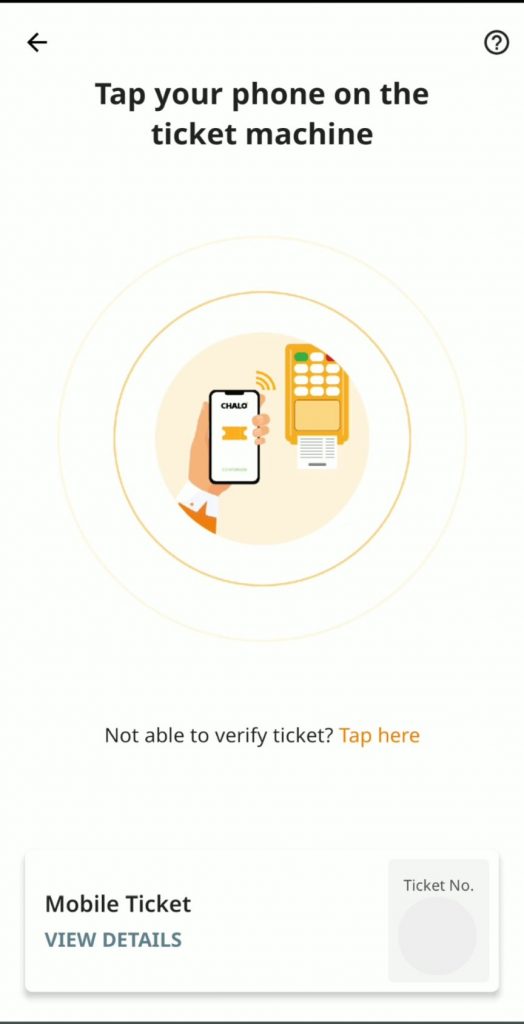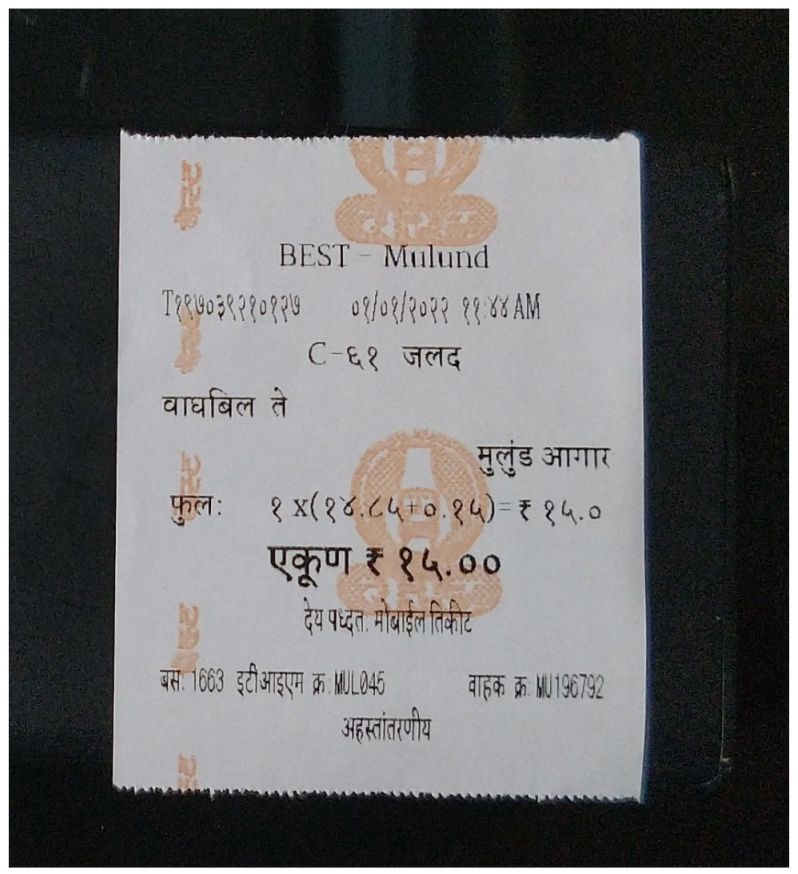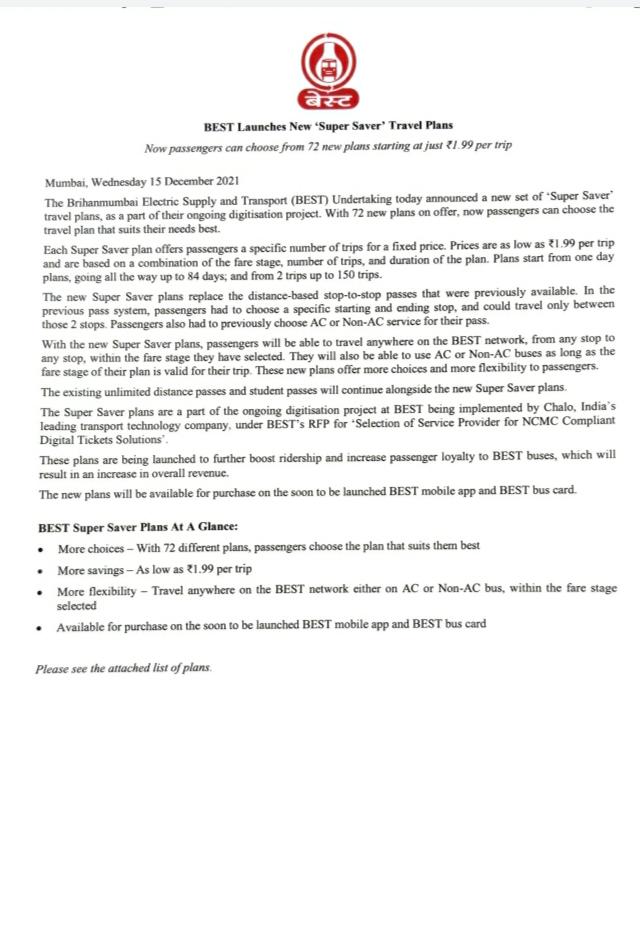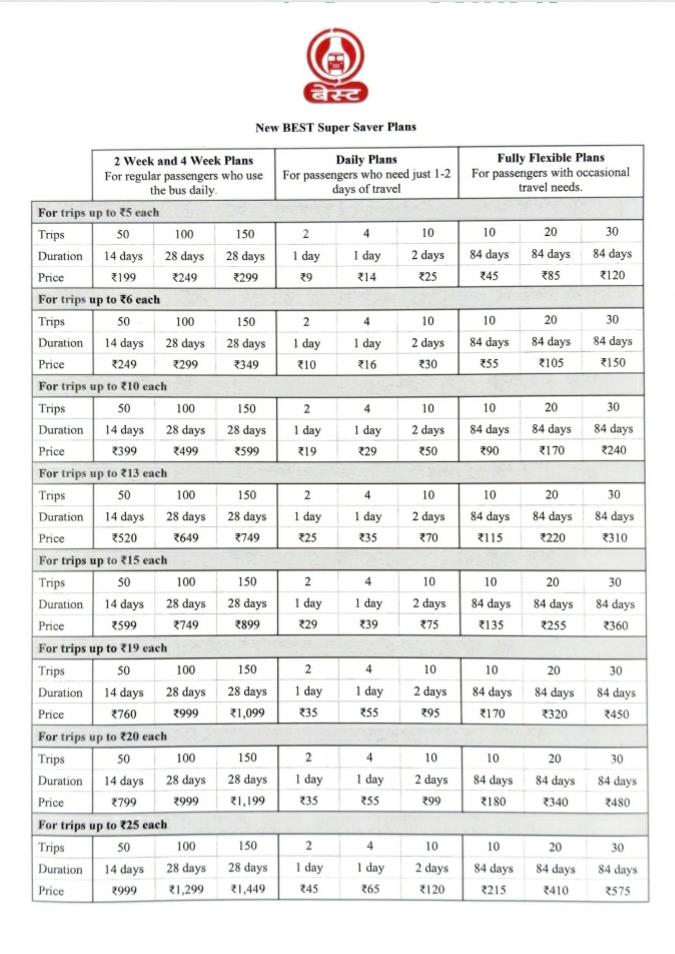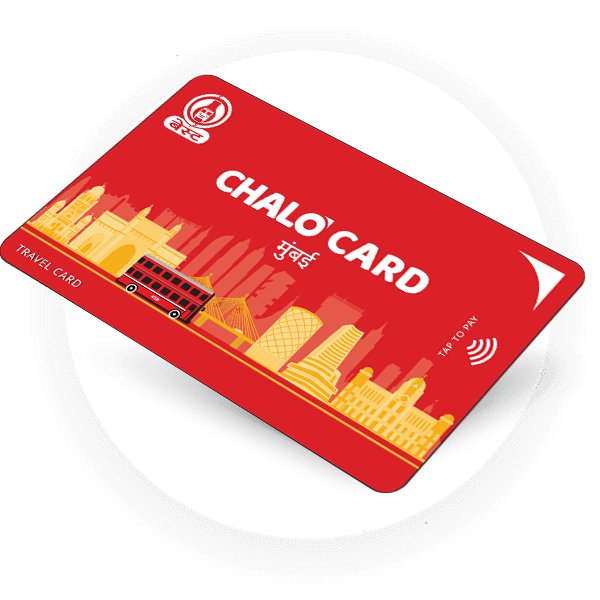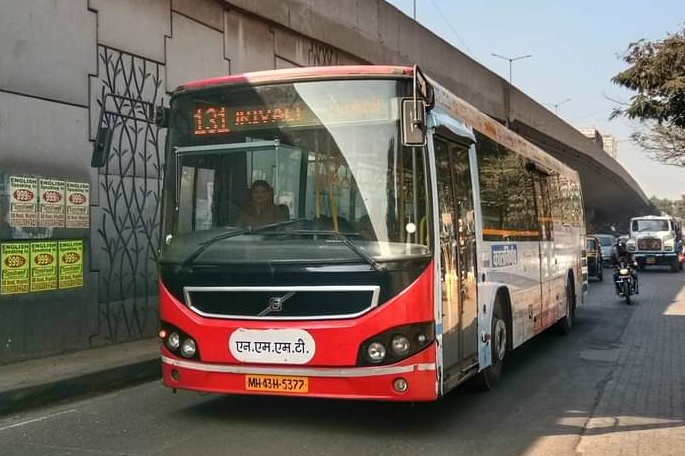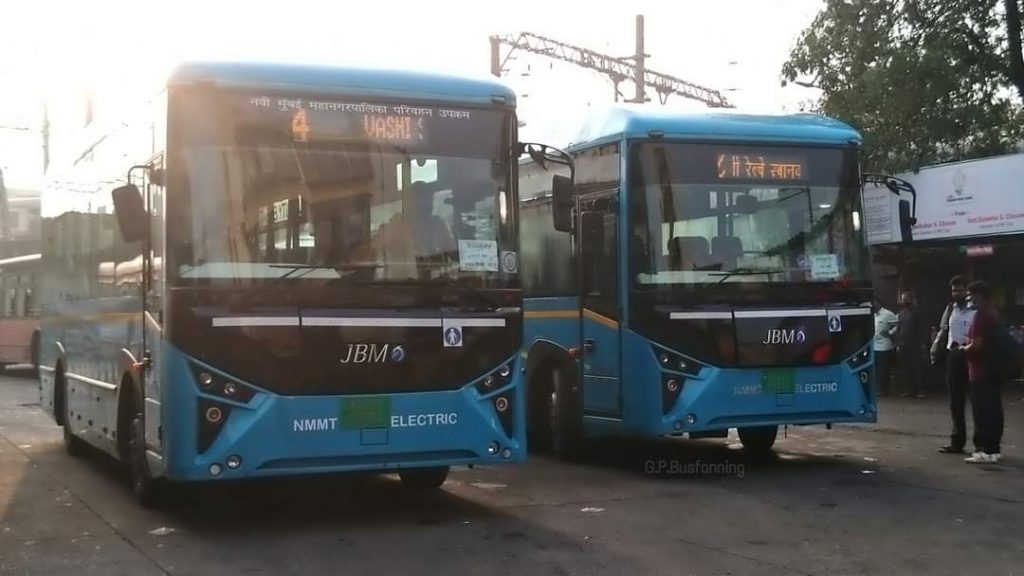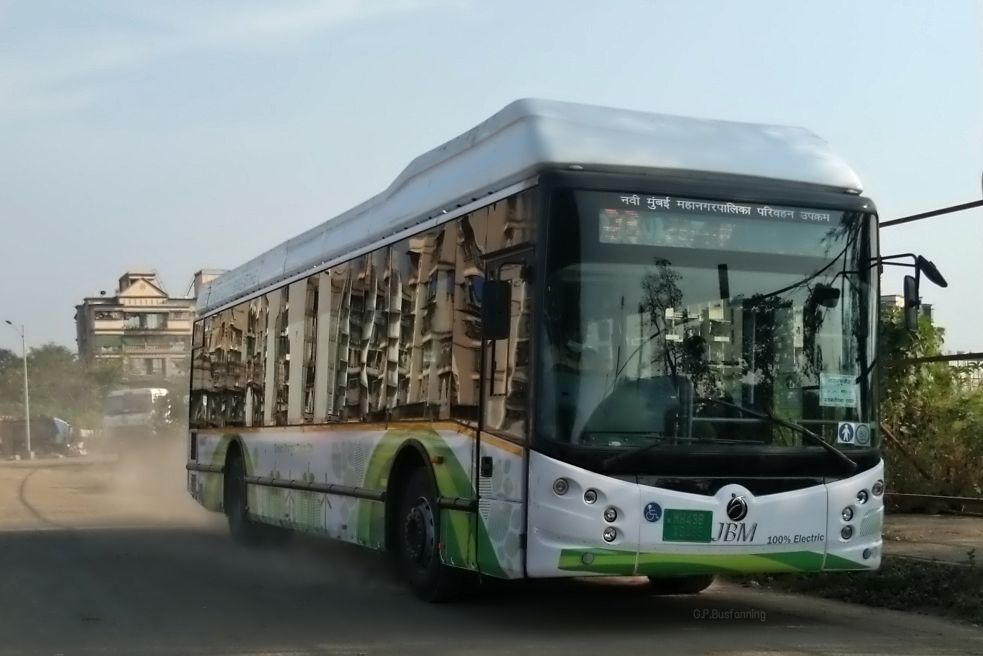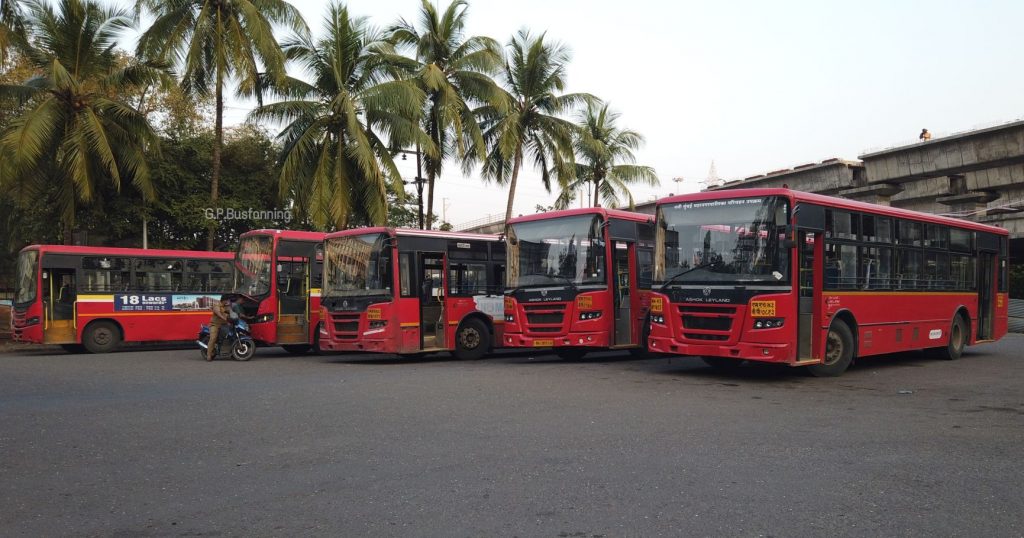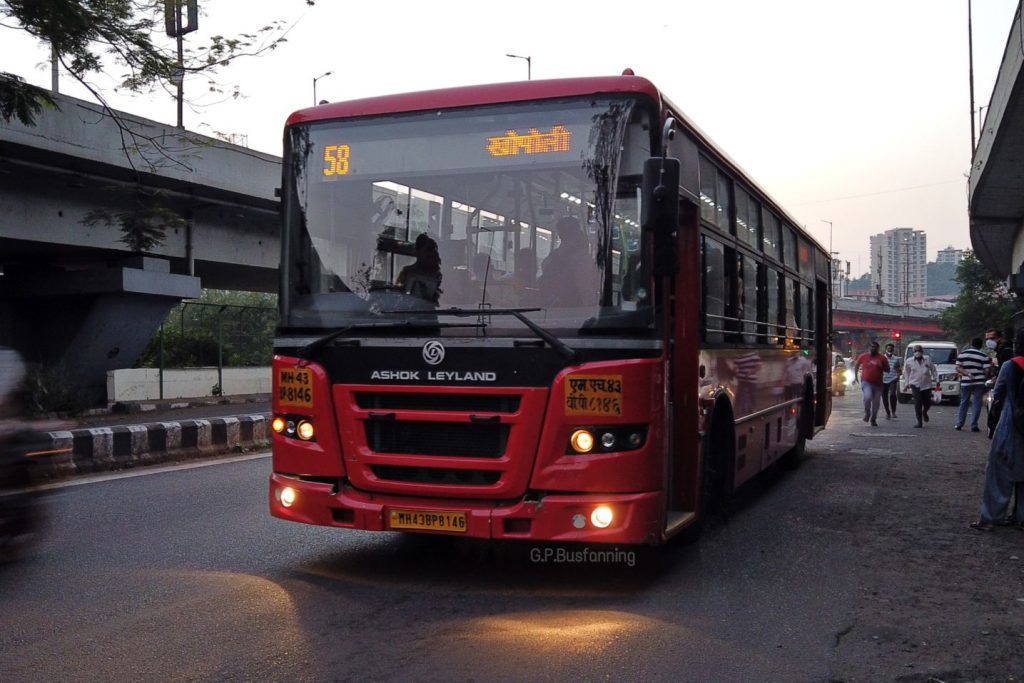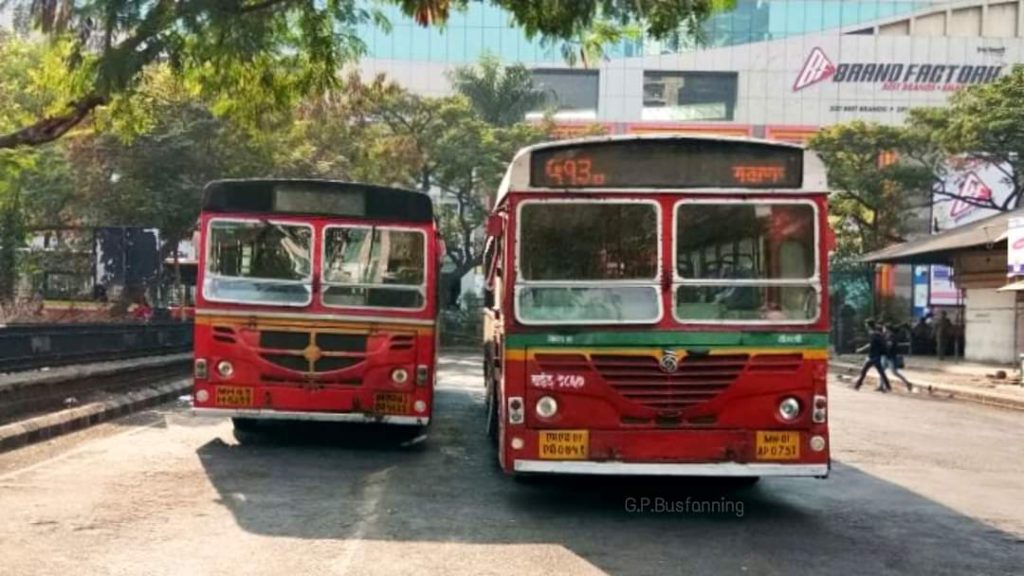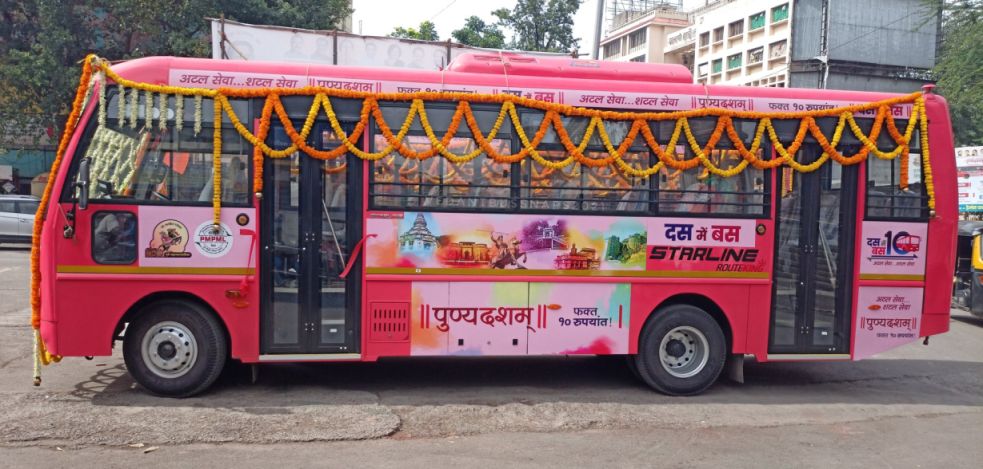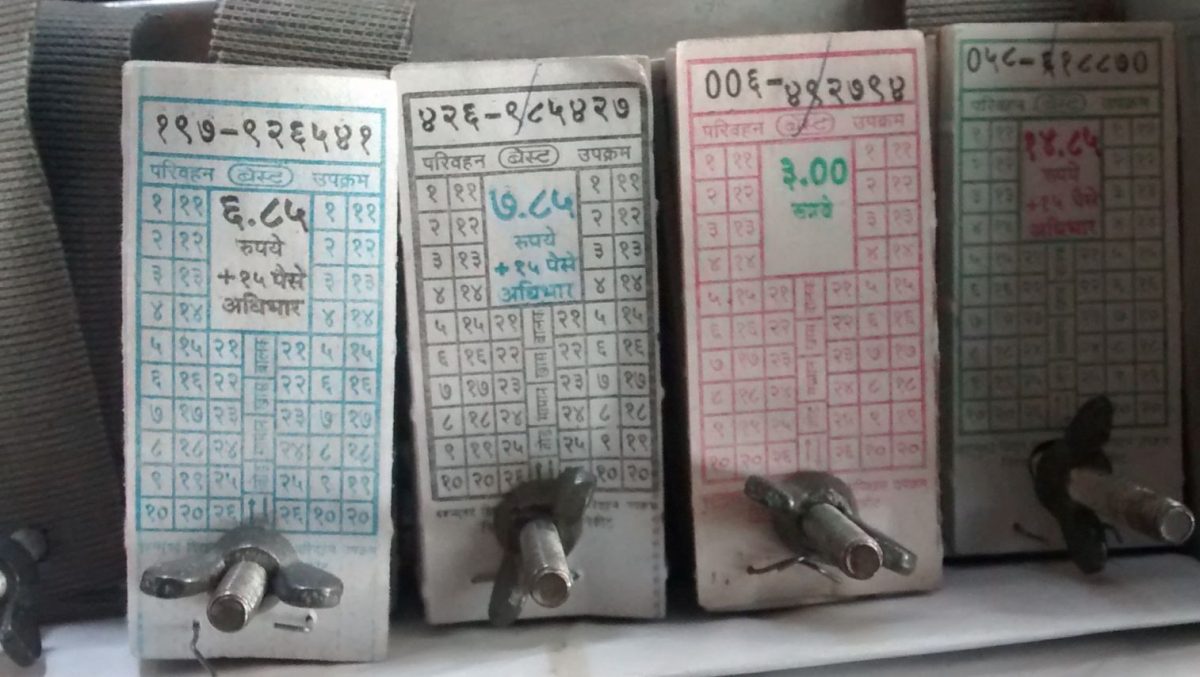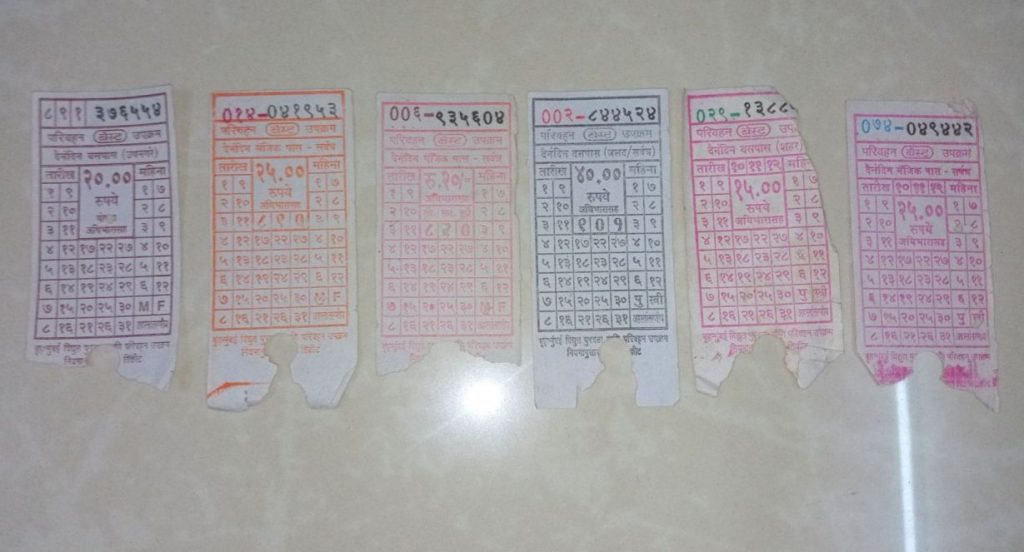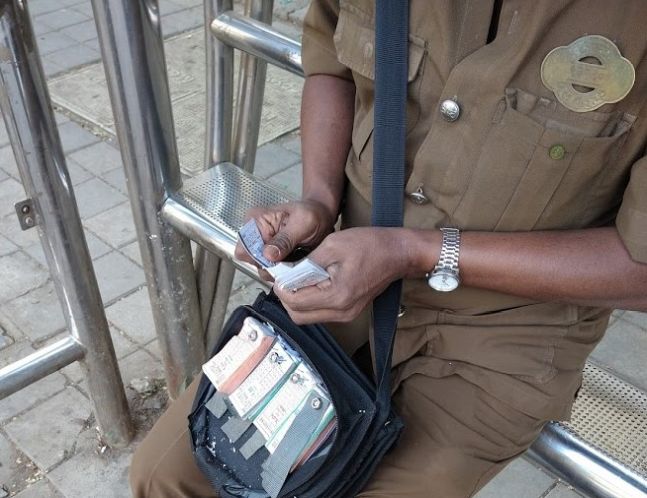The Brihanmumbai Electricity Supply and Transport (BEST) undertaking’s long-awaited app-based premium bus service finally hit the roads on 12 December 2022. The bus was launched at the launch event of Switch EiV22 (India’s First Electric Double Decker) at Y.B. Chavan Centre, Nariman Point. After a long gap of 12 years, BEST has finally received a new batch of Ashok Leyland buses, in the form of the EiV12. The first four of 200 buses (ordered) were deployed between Lodha Splendora, Bhayanderpada to Maker Maxity, Jio World Drive in Bandra Kurla Complex (BKC). This service is managed by Chalo Mobility in association with BEST. I turned out fortunate to explore this service on Day One and present an in-depth review.
You can watch a video on this on my Youtube channel below:
Route
To begin with, this route was originally diverted via Neelkanth Greens, Vasant Vihar, Devdaya Nagar and J K Gram before entering the Eastern Express Highway. After Mithagar, Mulund (East), its next stop was directly at Equinox Business Park on LBS Marg and the route went via the Santacruz – Chembur Link Road (yes, the ride was a nightmare). The bus used to give a tour of BKC which was way too time-consuming. But it was all fixed in the same week by omitting the Thane detour and taking the bus directly through the Majiwada Flyover to Eastern Express Highway. The later part was modified by taking the BKC Connector, instead of SCLR.
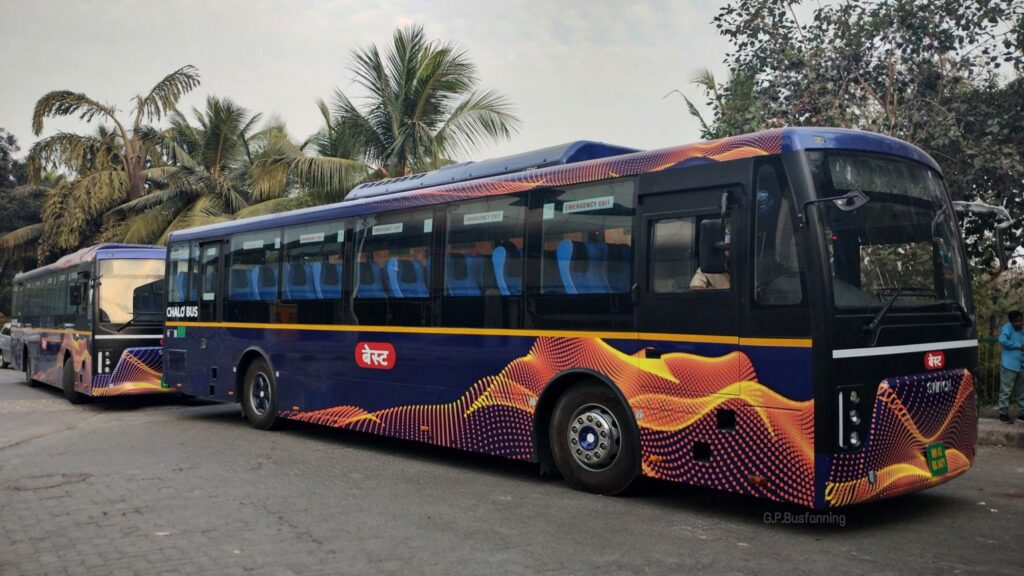
Pricing
This is not a regular bus. To understand the passenger market it serves, one needs to analyse the premium service segment served by players like MYLO, CityFlo, Kommute, etc. The intention of running it fully reserved is to ditch standing in crowded buses and thus the premium fares. The end-to-end ticket of S101 was ₹205 on the Thane – BKC route and that of S102 was ₹50 on the Bandra – BKC route. Later, there were some changes in the fare chart, so please do refer to the Chalo App for the same. Apart from one-way tickets, various bus pass plans were announced by BEST along with the first ride for free (which I utilised on my way home from BKC). There is also a trial pass to claim five long distance trips at the cost of ₹20 per trip. Your unused rides get added up on the next pass, giving an absolute value for money.
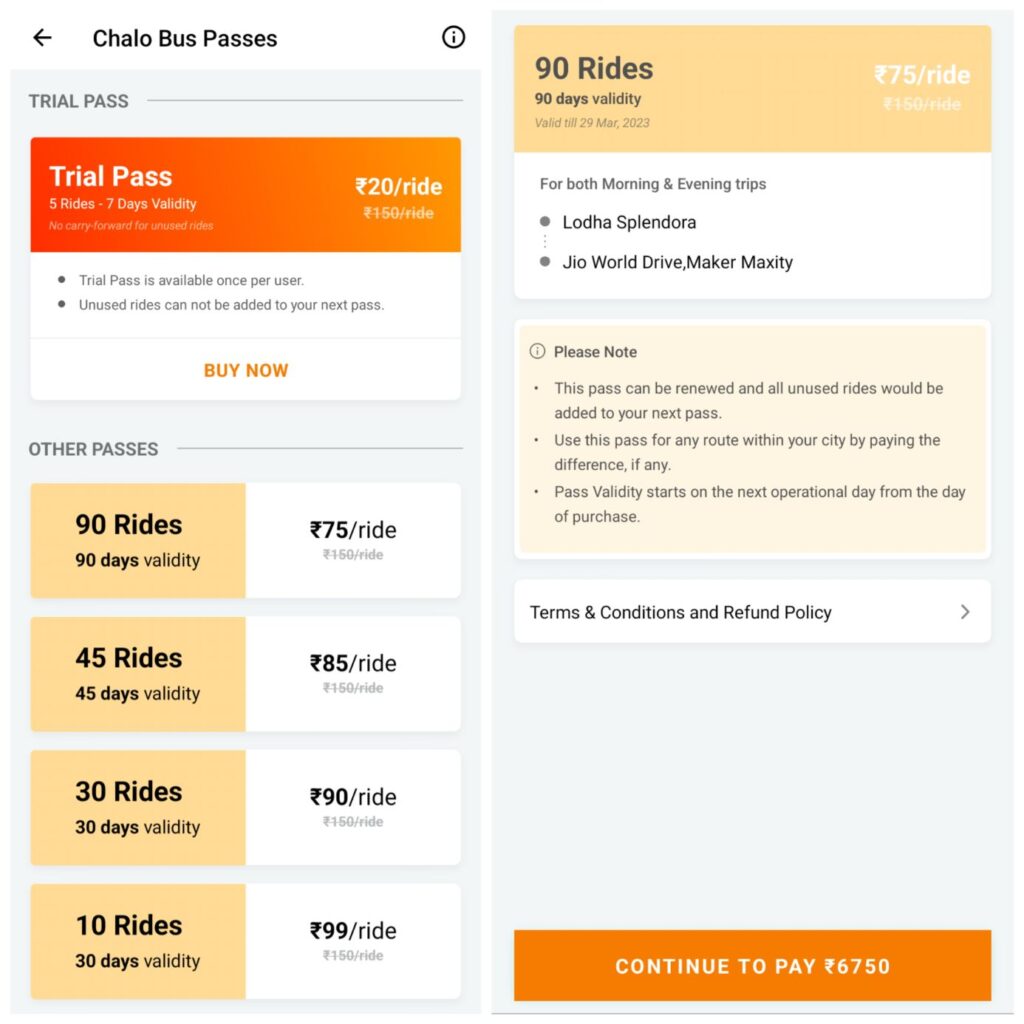
Facilities
To serve the purpose of premium fares, these buses come with the capacity to carry 42 passengers in a 2×2 configuration. All the seats can recline up to 45° and come with a USB power outlet. The armrests are adjustable. Once a ticket is booked, a Booking ID is generated, and the live location of the bus is regularly updated. A seat can be reserved even if the bus is five minutes away and gets authenticated through the bus driver feeding it in the system.
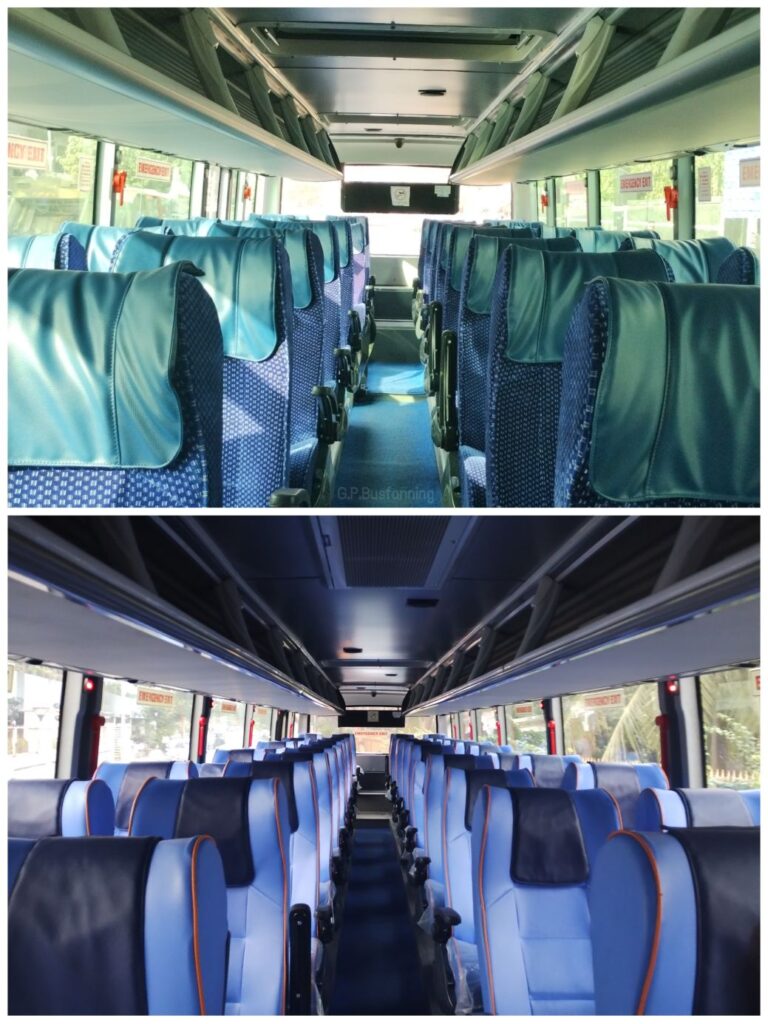
Experience
My first ride in S101 was more or less an adventure. Several passengers boarded the bus with the first ride being offered to them, for free. A staff member from Chalo was onboard, guiding both the driver about roads and passengers about the App. It took an hour for the bus to finish its BKC Tour where in LBS Marg and SCLR were waiting to welcome us with traffic congestion. After skipping the Ghatkopar flyover, our bus ran into issues as the steering felt heavy and all of a sudden, the AC stopped functioning. The driver pulled over to check the issue while passengers onboard had already begun taunting about the capacity of Electric Buses. To our luck, the issue was resolved within 10mins, and we were back on our way to Thane.
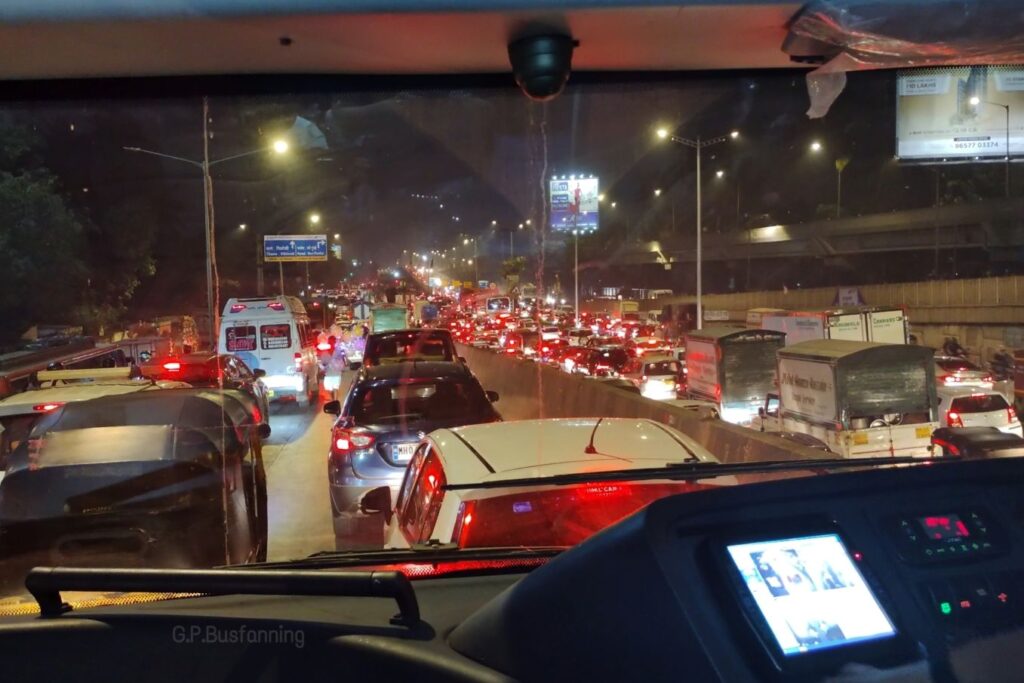
Conclusion
The service has great potential to expand. In a way, it can also bring the bygone AC Super Routes of BEST by covering long distances. After a hectic day, one can relax on the way home since the bus has ambient lighting that can be dimmed in the evening. More routes are considered for operating the Chalo Bus, like Thane – Powai, BKC – Kharghar and Chembur – Cuffe Parade. Some of these might be operational soon as new buses arrive in January 2023.
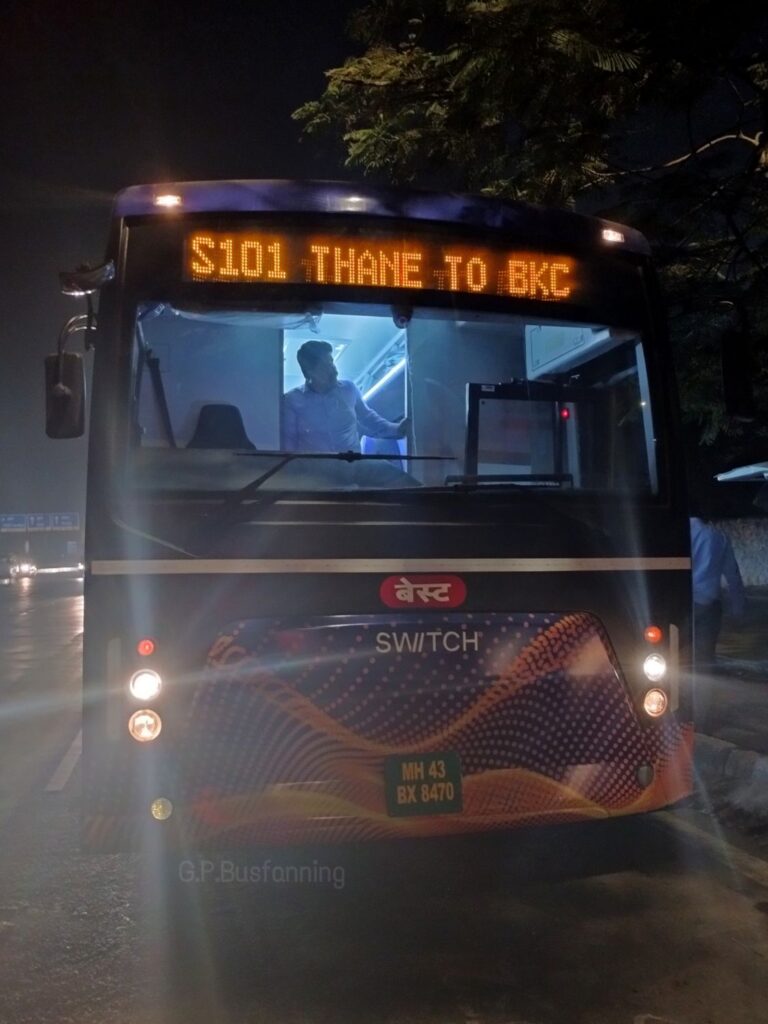
It’s great to see BEST fighting back with the competitors in the premium segment but the fleet expansion for its routes is still a burning topic. The upcoming year will test BEST in its struggle for existence. More than 2,500 Buses are not delivered on one hand, while the Leyland Lynx Midi and TATA CNGs are soon going to end their shelf-life. Another route rationalization (like 1 September 2021) will be a pain for passengers.
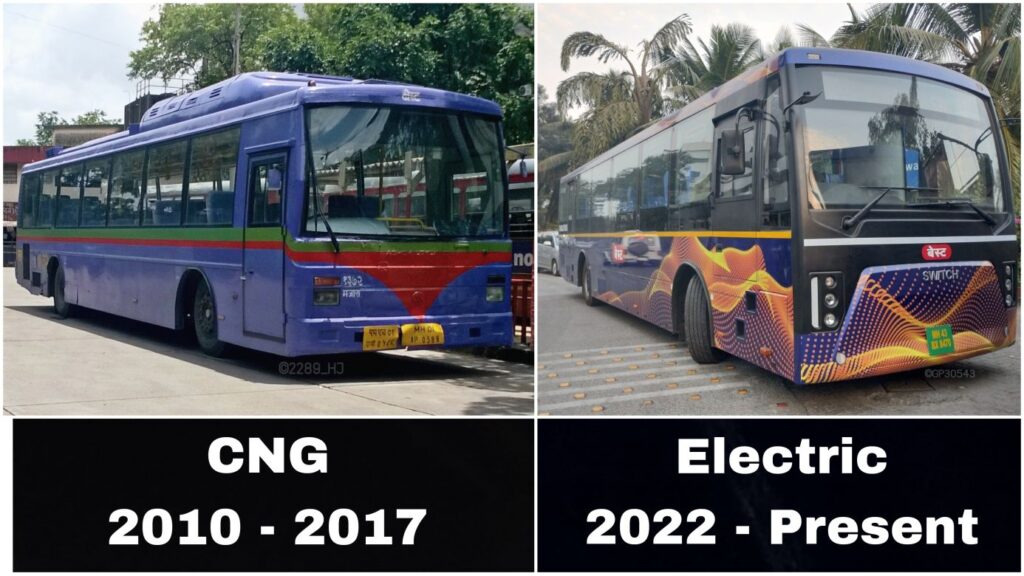
Also Read:
The curious case of BEST and its AC buses
Tussle For The Big League: Olectra Greentech Wins Tender While Tata Motors Move Court
Chalo, Aage Badho: Getting Familiar With BEST’s New App For Tickets
BEST Has A Problem That Needs To Be Solved, Writes A Transit Fan
Featured Image: Chalo Bus (Photo: GP Busfanning)
![]()
